The Organic Makeup Remover Market is currently characterized by a dynamic competitive landscape, driven by increasing consumer demand for natural and sustainable beauty products. Key players such as Neutrogena (US), Burt's Bees (US), and The Body Shop (GB) are strategically positioning themselves through innovation and sustainability initiatives. Neutrogena (US) has focused on expanding its product line to include organic formulations, while Burt's Bees (US) emphasizes its commitment to environmentally friendly practices. The Body Shop (GB) continues to leverage its ethical sourcing and community trade programs, which resonate well with eco-conscious consumers. Collectively, these strategies not only enhance brand loyalty but also intensify competition as companies vie for market share in a sector that is becoming increasingly crowded.
In terms of business tactics, companies are localizing manufacturing to reduce carbon footprints and optimize supply chains. This approach appears to be particularly effective in enhancing responsiveness to regional market demands. The market structure is moderately fragmented, with several players competing on various fronts, including product quality, brand reputation, and sustainability credentials. The collective influence of these key players shapes a competitive environment where innovation and ethical practices are paramount.
In August 2025, Neutrogena (US) launched a new line of organic makeup removers that utilize biodegradable packaging, reflecting a growing trend towards sustainability. This strategic move not only aligns with consumer preferences for eco-friendly products but also positions Neutrogena as a leader in the organic segment, potentially attracting a broader customer base. The introduction of biodegradable packaging could serve as a differentiator in a market where consumers are increasingly scrutinizing environmental impacts.
In September 2025, Burt's Bees (US) announced a partnership with a local organic farm to source ingredients for its makeup remover line. This collaboration underscores Burt's Bees' commitment to transparency and sustainability, allowing the company to enhance its product authenticity. By sourcing ingredients locally, Burt's Bees not only supports local economies but also reduces transportation emissions, which may resonate well with environmentally conscious consumers.
In July 2025, The Body Shop (GB) unveiled a new digital platform aimed at enhancing customer engagement through personalized product recommendations. This initiative reflects a broader trend towards digital transformation in the beauty industry, where companies are leveraging technology to create tailored shopping experiences. By integrating AI-driven insights, The Body Shop (GB) is likely to improve customer satisfaction and retention, thereby strengthening its competitive position in the organic makeup remover market.
As of October 2025, the competitive trends in the Organic Makeup Remover Market are increasingly defined by digitalization, sustainability, and technological integration. Strategic alliances, such as partnerships for ingredient sourcing and digital collaborations, are shaping the current landscape. Looking ahead, competitive differentiation is expected to evolve, with a notable shift from price-based competition to a focus on innovation, technology, and supply chain reliability. Companies that can effectively navigate these trends are likely to secure a more robust market position.


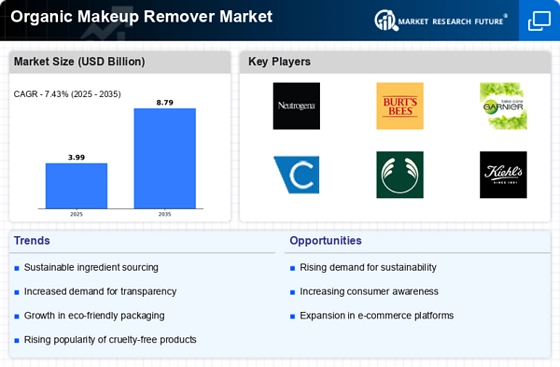
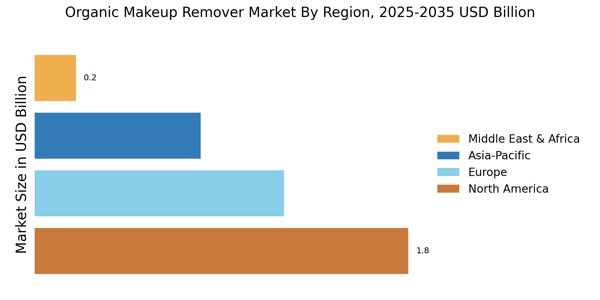
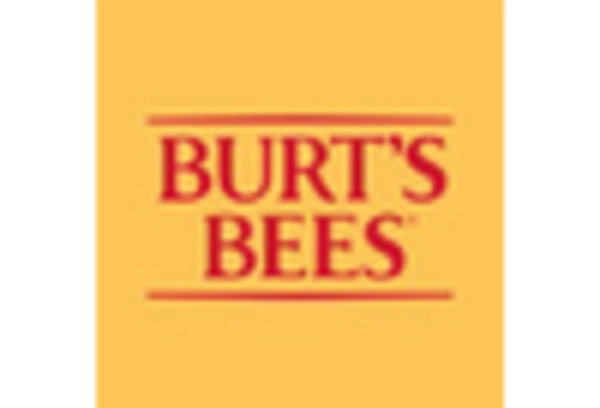
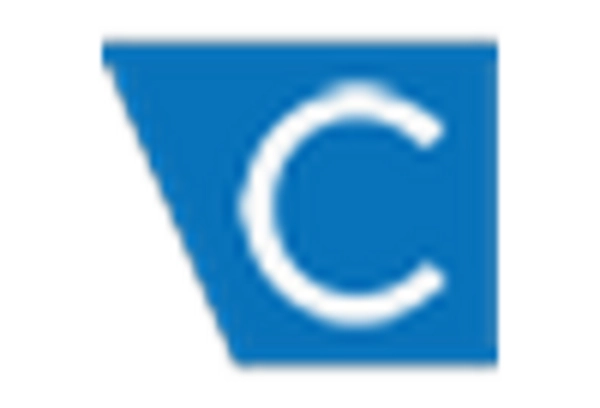
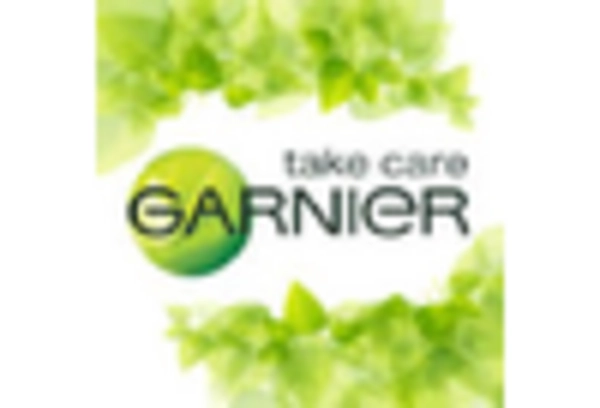
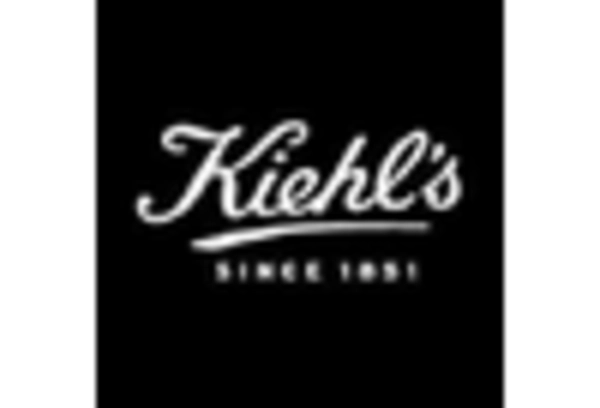
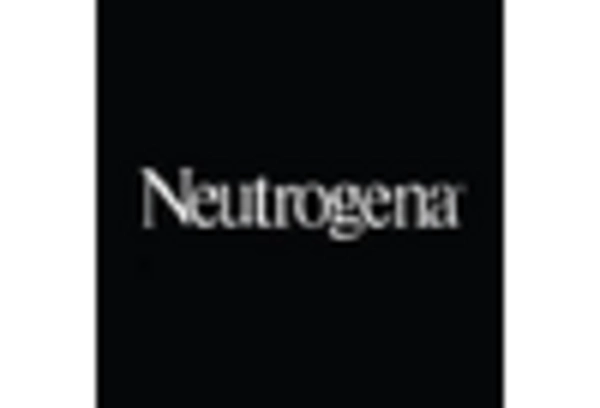
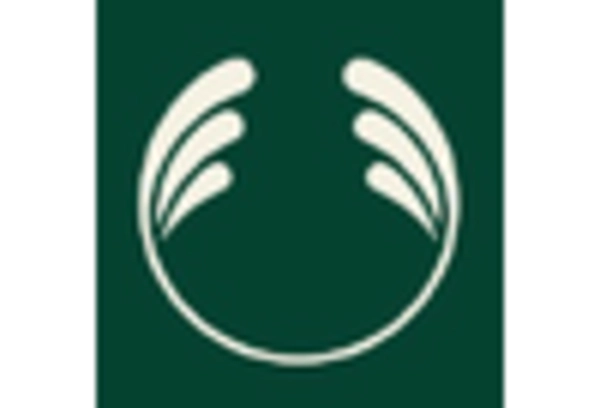








Leave a Comment